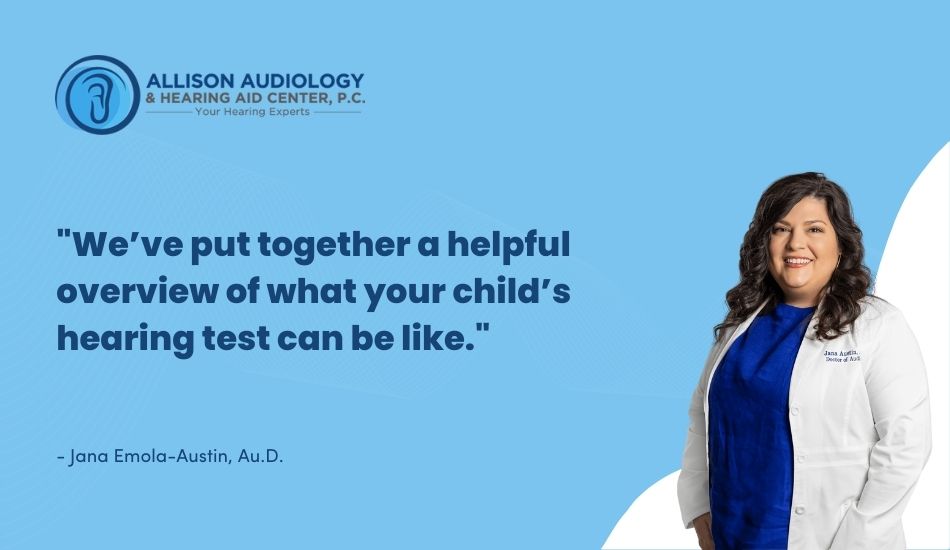When an audiologist diagnoses you with hearing loss and recommends hearing aids as a suitable treatment, it’s natural to want to learn as much as you can about them. Learning about the history of hearing technology and how it has evolved over the last century can help you better understand how advanced these devices have become. You can better comprehend how they work and the best ways to maintain them for optimal use.
Learning how hearing works
Human beings have been using their sense of hearing since the dawn of time, and we are still here, thousands of years later and discovering new things about our ears and how it all works.
Audiologists have worked for years to understand the ear and monitor how sound flows through it, and they work to learn how we cope with hearing loss. With the latest introductions in technology, we see the field of audiology evolve. Audiologists can recommend the best hearing aids possible for your specific needs, whether you’re looking for something small and discreet or prefer something easier to handle with more power.
The first version of hearing aids was made using animal horns, so the progression has been an amazing feat compared to today’s technology!
The very fact that hearing horns were once used should tell you that we’ve been aiming to correct poor hearing since the earliest walks of man, and while they couldn’t have helped those with profound deafness, they could help those who were dealing with moderate hearing loss. Over time, these animal horns were replaced with metal trumpets. It wasn’t until electricity was invented that things really began to change.
Electricity & hearing aids
Electrical hearing aids only became a real thing with the invention of the telephone, and it was Thomas Edison who took most note of this – he had hearing loss, too. He created a carbon transmitter that we still use today as the basis of all carbon hearing aids. In 1911, Louis Weber created the Esha-Phonophor, a popular hearing aid design that led to Siemens’ creation. It was initially intended to be a gift for a friend, and yet we still use it now.
After the Esha-Phonophor was created, the vacuum tubing came next. This improved the hearing aids we use now even further; however, the size left something to be desired – literally akin to large cabinets. The technology that has been improved for years has allowed us to shrink these hearing aids until they fit into a small box. While ease of use wasn’t present, they did offer a breakthrough for those with hearing loss. These required huge battery packs that did not last very long. As with everything, hearing aid advancement is trial and error, and it was transistors that paved the way for hearing aids that were far more complex.
The technology brought by transistors enabled hearing aids to be shrunk even further, which boosted hearing aids’ sales right away.
Analog to digital and beyond
Silicon became an essential material for transistors, which led to hearing aids being even smaller and more flexible for the user. 1996 was a big year for hearing aids: digital creations changed the game. These digital features have further progressed hearing aids to be truly personalized.
By the early 2000s, hearing aids could be fully customized so that the wearer would feel comfortable. Eighty percent of hearing aids sold and used were digital, and manufacturers worked hard to fine-tune those hearing aids for the user’s enjoyment. Now, we get hearing aids with Bluetooth capabilities, allowing you to tailor your experience and even connect to other Bluetooth-led devices.
This isn’t the ceiling for hearing aids, though. There are plenty of improvements still yet to be made, and with the future of hearing aids still working with rechargeable batteries, there are so many ways that hearing aids will change even further.
Other advancements that have evolved with hearing aids include the standard behind the ear hearing aids not being the only type of hearing aid out there. We can now use in the ear hearing aids that are barely visible to other people, and for those who aren’t a fan of the traditional hearing aids, it’s preferred!
Contact Us Today
Are you looking to learn more about the advancement of hearing aids? Learn more with Allison Audiology & Hearing Aid Center, P.C., by calling us today at Houston 713-827-1767.




